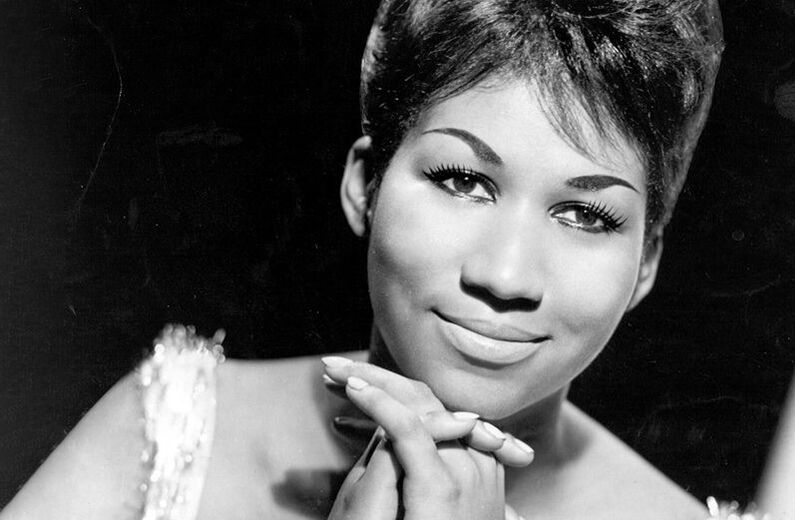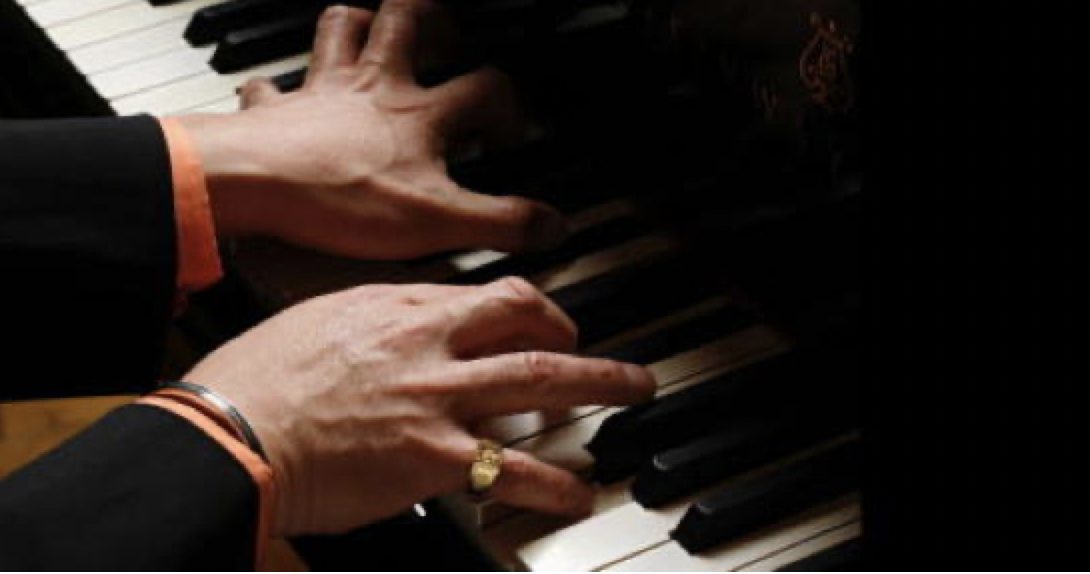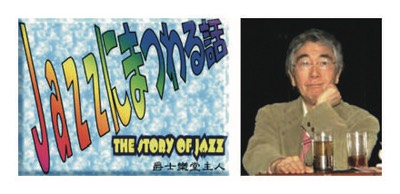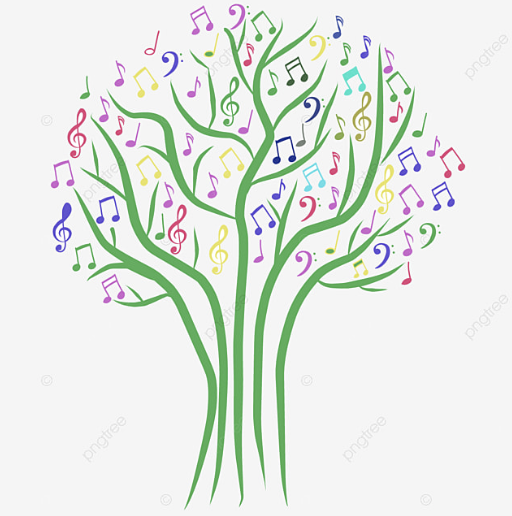
What's New?
GOSPEL
イェール大学の音楽教授ウィリー・ラフによると、スコットランド・へブリディーズ諸島の長老派が、ゲール語で歌う詩篇は、一人がソロを歌い、他の人がそれに続くという「ライニングアウト」から、アメリカ南部のゴスペル音楽のコール&リスポンスに発展したのだという。アフリカ系アメリカ人の宗教的体験から生まれたアメリカのゴスペル音楽は、17世紀初頭にアイザック・ワッツ博士らの著作を土台にその起源をたどる事ができる。ゴスペル音楽は、黒人の口承をルーツとし、一般的に多くの繰り返しを利用する事で、文字を読めない人達にも、礼拝の機会を与えた。この時代、讃美歌や聖歌が並び、コール&リスポンス方式で繰り返され、黒人霊歌やワーキングが生まれた。繰り返しとコール&リスポンスは、アフリカの音楽には欠かせない要素であり、私たちが「トランス状態」と呼ぶ変性意識状態を実現し、共同体の絆を強めるために、考案されたものである。ほとんどの教会では、手拍子と足踏みがリズムの伴奏として使われていた。ギターやタンバリンが使われる事もあったが、頻繁には使われなかった。教会の聖歌隊が一般的になったのは、奴隷解放後の事である。歌はほとんどアカペラで歌われた。 According to Yale University music professor Willie Ruff, the singing of psalms in Gaelic by Presbyterians of the Scottish Hebrides evolved from “lining out” – where one person sang a solo and others followed – into the call and response of gospel music of the American South. Coming out of the African-American religious experience, American gospel music can be traced to the early 17th century, with foundations in the works of Dr. Isaac Watts and others. Gospel music has roots in the black oral tradition, and typically utilizes a great deal of repetition, which allows those who could not read the opportunity to participate in worship. During this time, hymns and sacred songs were lined and repeated in a call and response fashion, and Black spirituals and work songs emerged. Repetition and “call and response” are accepted elements in African music, designed to achieve an altered state of consciousness we sometimes refer to...




















